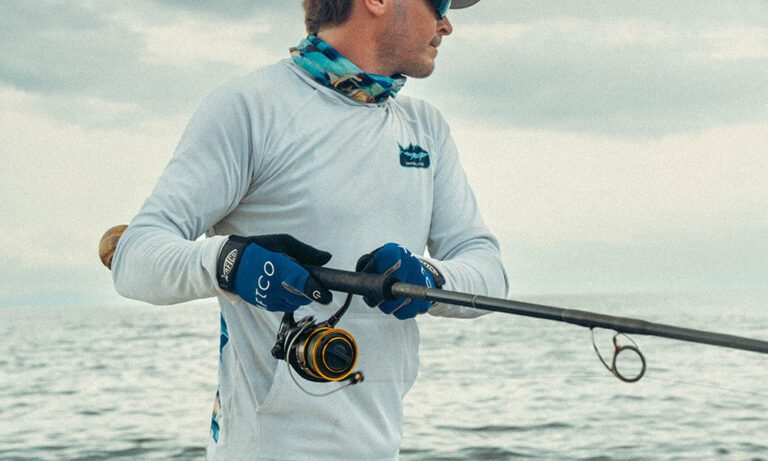Jig Fishing
What is Jig Fishing
Jig fishing involves using a weighted lure, called a jig, that is repeatedly lifted and dropped to mimic the movement of prey, making it effective for targeting fish at various depths and in different conditions. Whether you’re working deep structure for bass, bouncing jigs off the bottom for lake trout, or vertical jigging offshore for big pelagics, this method produces results when other tactics fall short.
Popular Species to Target with Jig Fishing
- Smallmouth Bass: Jigs are a staple for bass anglers, whether flipping into cover, dragging football jigs over rocks, or swimming a finesse jig through open water.
- Walleye: Jigging with minnows or soft plastics is a go-to technique for targeting walleye in both lakes and rivers.
- Lake Trout: Deep jigging with heavy spoons or tube jigs is a proven way to entice aggressive lake trout.
- Snapper & Grouper: In saltwater, vertical jigging over reefs and wrecks is deadly for bottom-dwelling predators.
- Tuna & Amberjack: Speed jigging offshore attracts fast, hard-fighting species that hammer a well-presented jig.
Types of Jigs & When to Use Them
- Flipping & Pitching Jigs: Designed for heavy cover, these jigs have stout hooks and weed guards to get through structure where big bass hide.
- Swim Jigs: Ideal for covering water and mimicking baitfish, these jigs work well in grassy areas or around docks.
- Football Jigs: Best for rocky bottoms, these jigs excel at mimicking crawfish when slowly dragged along structure.
- Bucktail Jigs: A saltwater and freshwater classic, effective for everything from striped bass to snook and walleye.
- Vertical & Speed Jigs: Heavy, streamlined jigs for deep water, perfect for offshore species that respond to fast, erratic movement.
Jigging Techniques & Best Practices
- Match the Jig to the Conditions: Lighter jigs work in shallow water, while heavier jigs help maintain control in deep or fast-moving currents.
- Work the Bottom: Many fish species hug the bottom, so make sure your jig makes contact and then use short hops or dragging motions.
- Use the Right Trailer: Soft plastics, pork rinds, or live bait trailers can make a huge difference in action and appeal.
- Experiment with Cadence: A slow, methodical jigging motion may work one day, while aggressive hops or erratic twitches produce bites on another.
- Stay in Contact: A lot of jig bites happen on the fall, so maintain slight tension on the line to detect strikes before the jig hits bottom.
Why Jig Fishing Works
Jigs imitate a wide range of prey, from crawfish to injured baitfish, and can be fished just about anywhere. Their versatility, combined with the ability to fine-tune presentations based on conditions, makes jig fishing an essential skill for serious anglers. Whether you’re picking apart submerged structure or sending a jig deep offshore, this method is proven to put fish in the boat.
